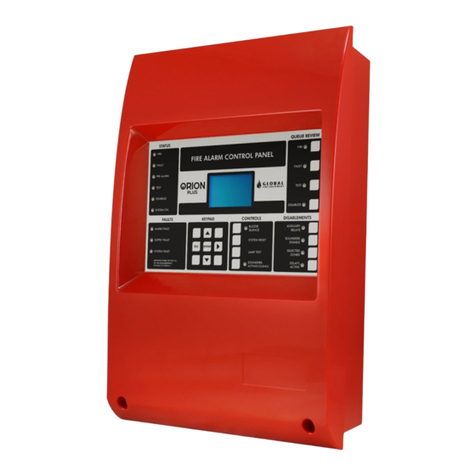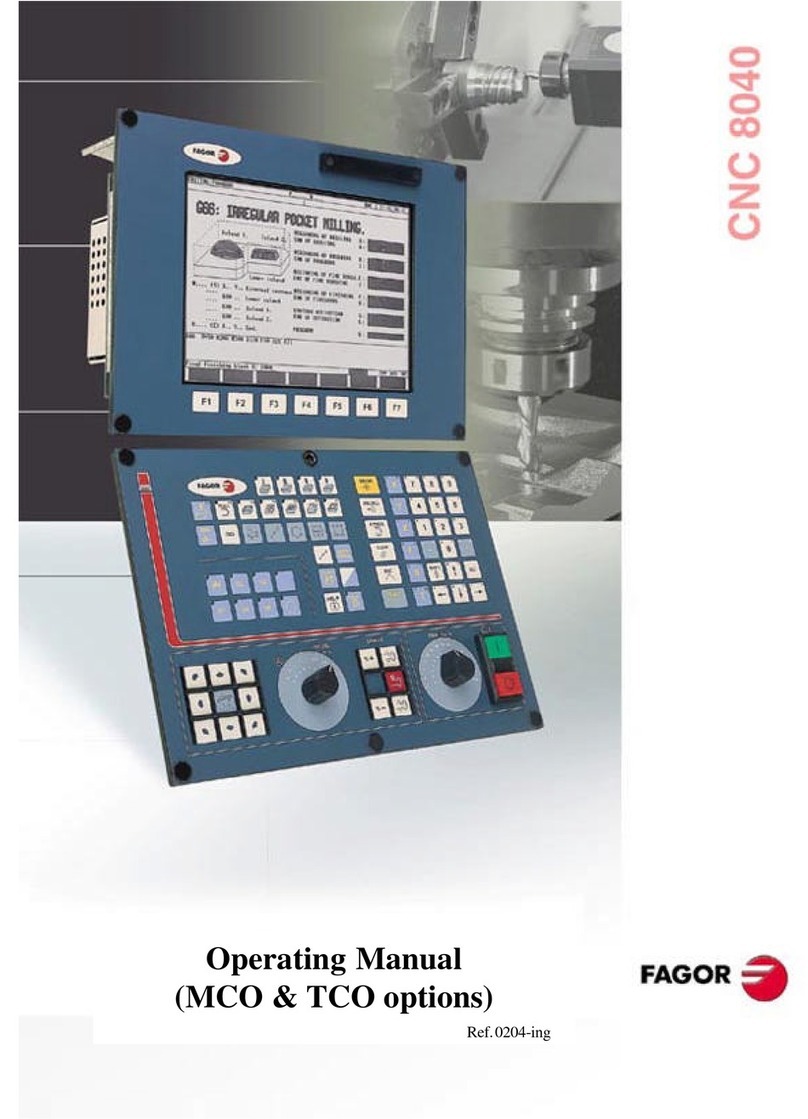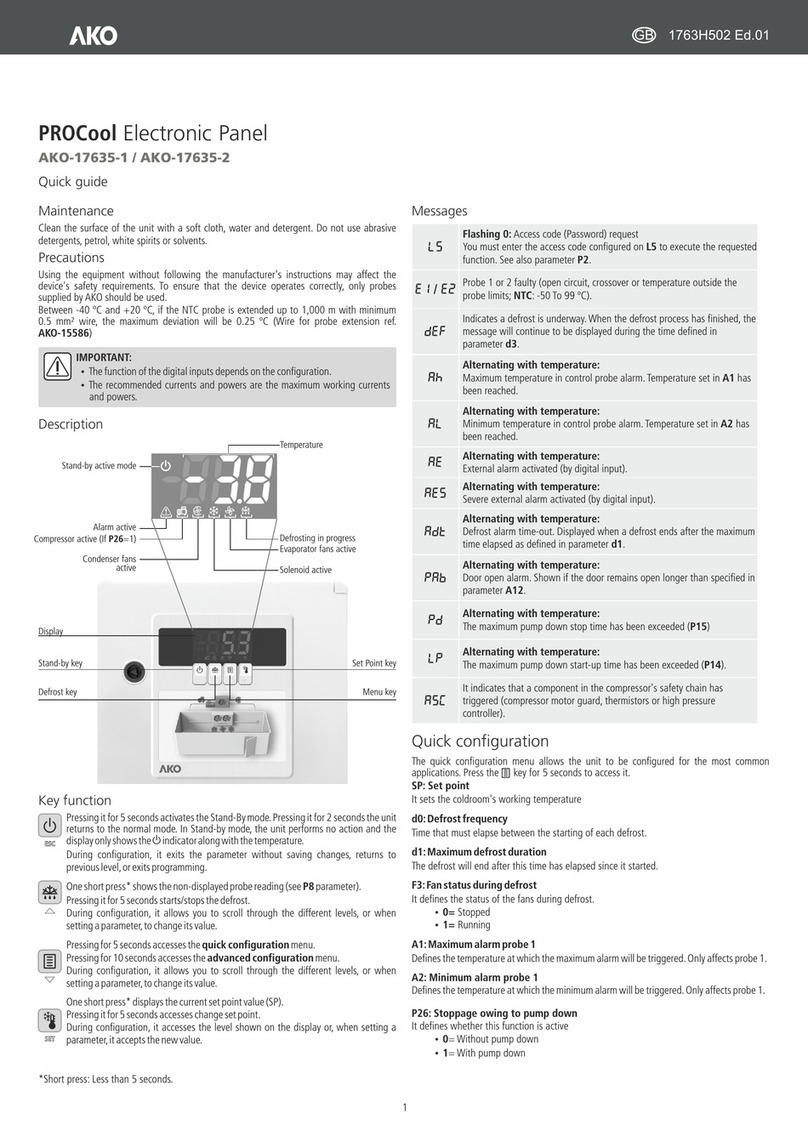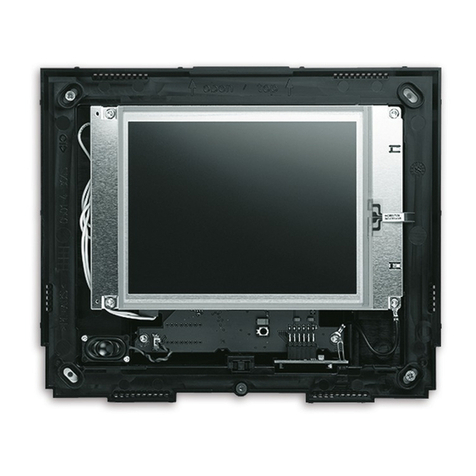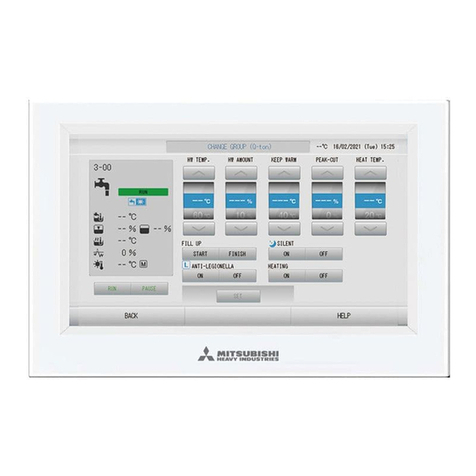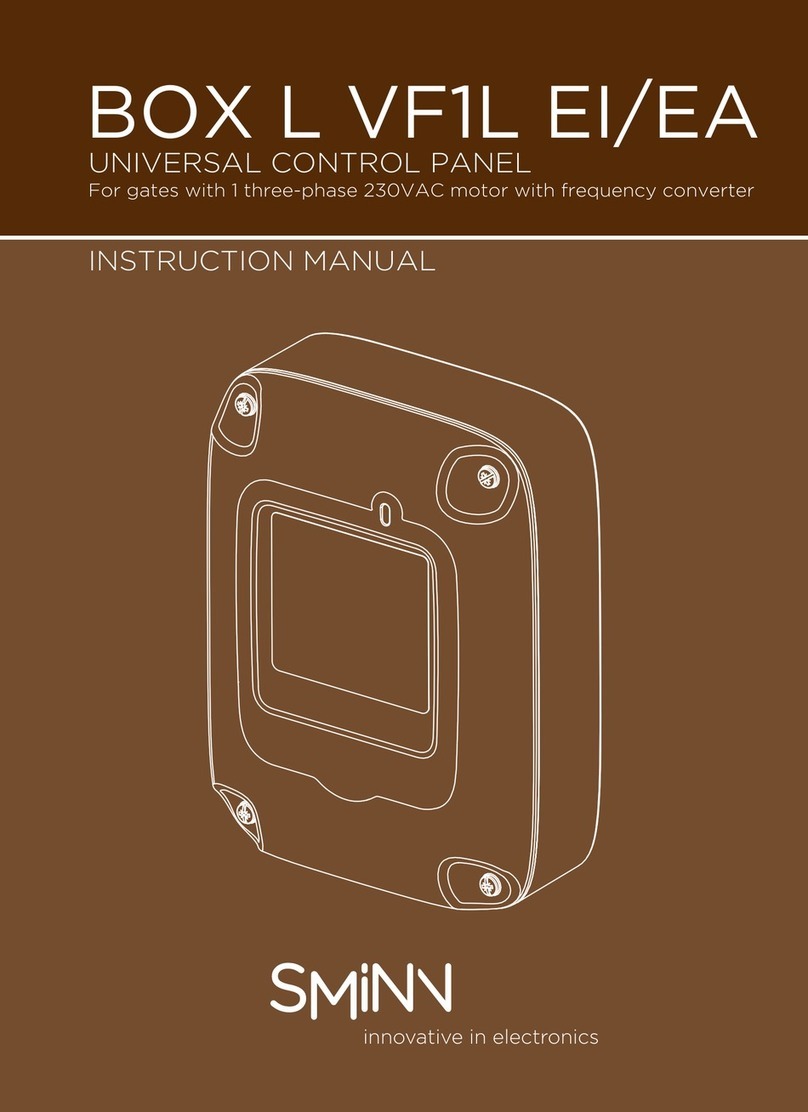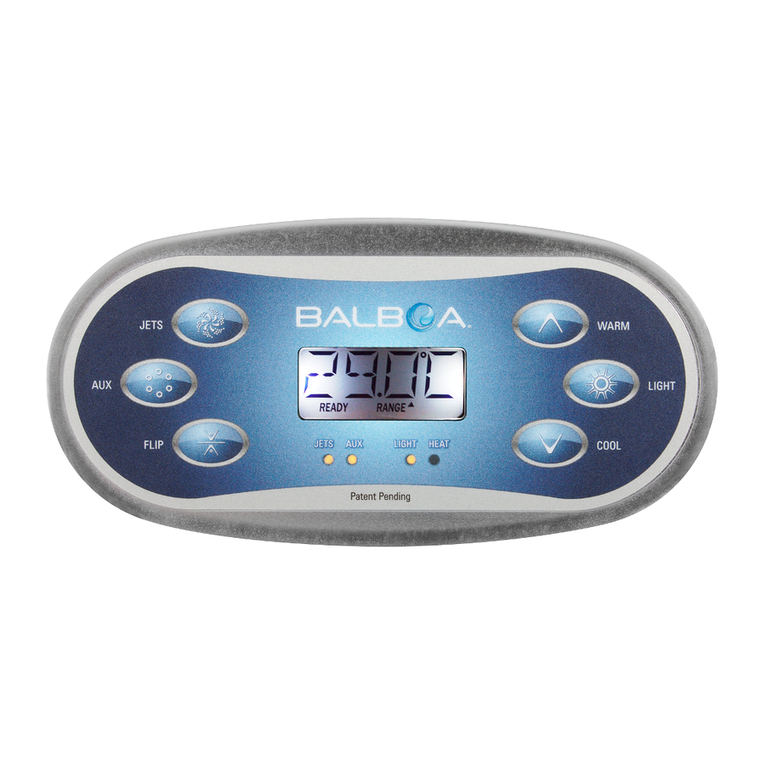
USER & INSTALLER ACCESS CODES
NOTE: To access the menu it is necessary to install a display ( UI ) to NODE+. After installing the UI it will be possible to
access NODE+ through the login code.
ENTER Used to confirm entry of any data or selection.
1▲Used to increase selection or number. Also used for code entry.
3▼Used to decrease selection or number. Also used for code entry.
2►Used to change display cursor, when required.
ESC Escape key. Used to exit a particular function.
To access codes use the arrow keys 2► 1▲ 3▼and when finished press ENTER.
NOTE: It is not possible to introduce text for labels using the front panel keypad.
For text updates please use the “Chameleon Connector Software” tool.
ACCESS LEVEL 1 - General User
Unless otherwise indicated, in order to enable the operation of a particular switch, a valid User or Programming Access
Code is required. The only exceptions, at this access level, are the following:
1 - Lamp Test Switch
2 - Queue Review Buttons (Fire, Fault, Test and Disabled)
ACCESS LEVEL 2 - Authorized User Controls
Access to this level is accomplished by the introduction of a code using the panel's keypad.
The default factory user code is 1▲1▲1▲1▲1▲and after entering each digit in turn, press ENTER to confirm entry.
INTERNAL BUZZER SILENCE
The occurrence of any new fire or fault condition will initiate the operation of the internal buzzer. By pressing this switch,
the operation of the buzzer will be stopped until a new fire or fault appears on the system.
ALARM SILENCE/RESOUND
Activates all sounders. A second press deactivates all sounders.
The button LED (red) is ON whilst the sounders are activated.
SOUNDERS ENABLE/DISABLE
Pressing this button will enable/disable all sounders, both conventional sounder circuits and addressable sounders.
DELAYS ACTIVE
Pressing this button will activate any preprogrammed delays. The yellow LED associated with this button and the general
disablements LED will both be lit. A second press of this button will deactivate the delays and the LED. Under any fire
condition the delays will be activated. If during the course of these delays, at access level 1 (General User - code entry not
required) this button is pressed, the delays will be overridden and the sounders together with any other fire indicating
equipment will be activated.
ACCESS LEVEL 3 - Authorized Installer Controls (Programming Mode)
Access to this level is accomplished by the introduction of a code using the panel's keypad.
Press ENTER, then Installer Access Code 1▲ 3▼ 1▲3▼ 1▲and then press ENTER to confirm entry.
NODE+ / Installation & Commission Manual / © GFE 220331 4

